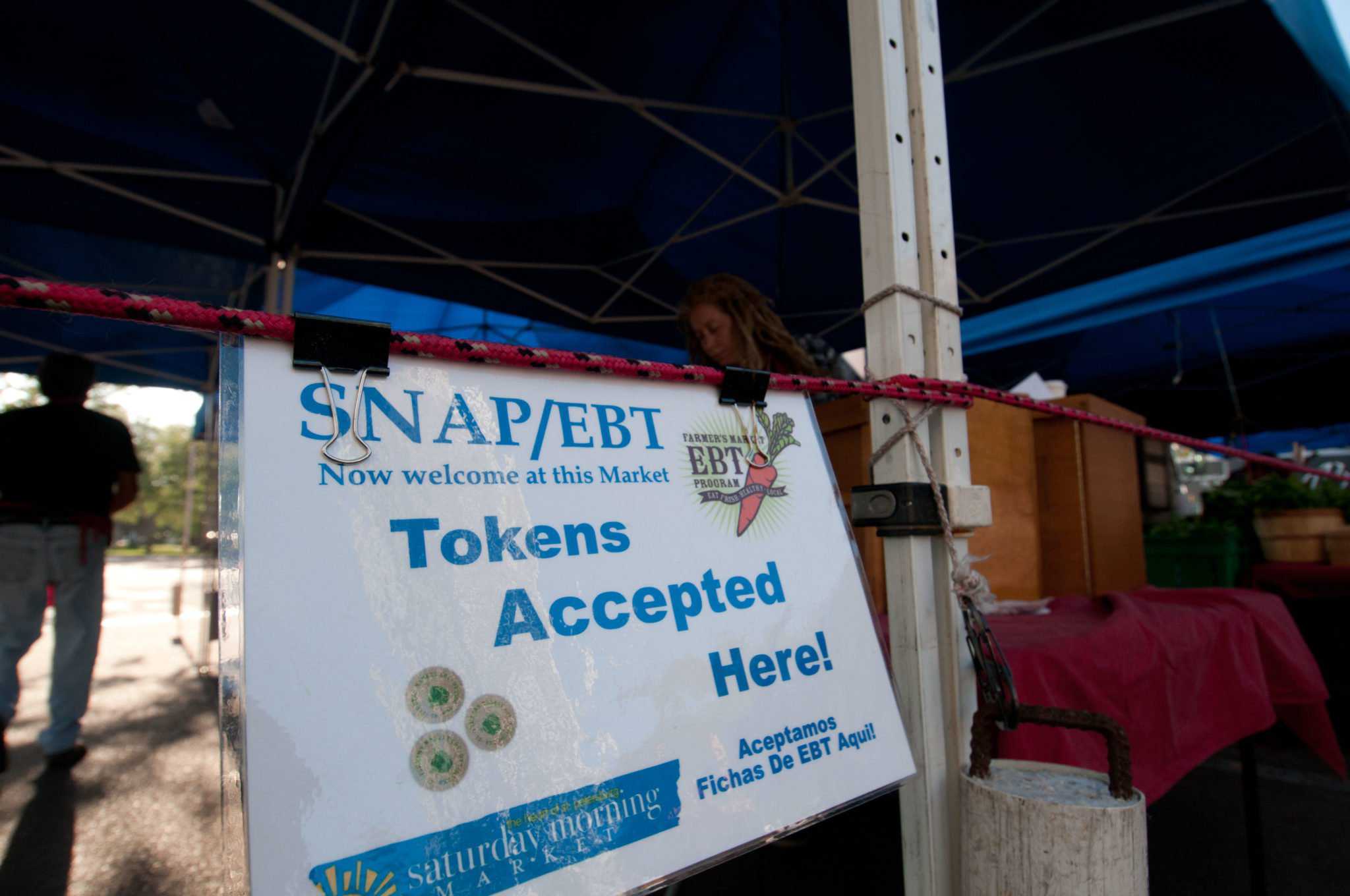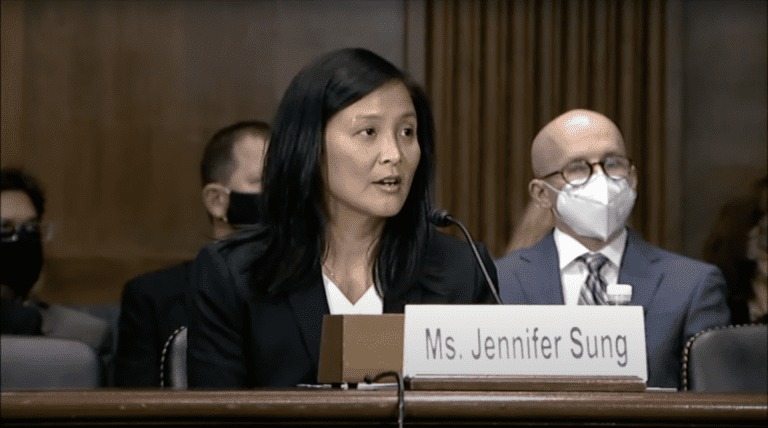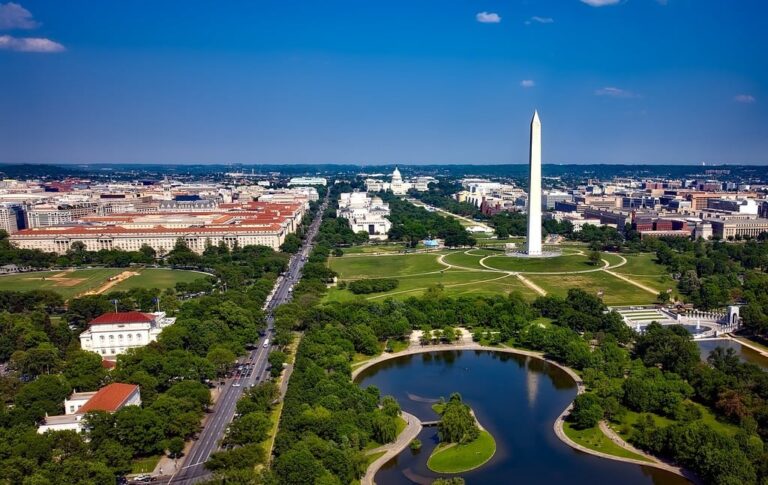
Rachel Sandalow-Ash is a student at Harvard Law School and a member of the Labor and Employment Lab.
Since the COVID-19 crisis began, essential workers across the country have gone on strike for key workplace safety protections. These strikes have secured meaningful changes; for instance, striking Dominos workers in Los Angeles won protective personal equipment, a deep cleaning of their workplace, and sick pay; striking bus drivers in Detroit secured masks for passengers and increased cleaning of busses; and striking Instacart workers secured health and safety kits from the company. Indeed, in many ways, strikes are the most powerful tool that workers have to obtain improvements in their working conditions.
However, in going on strike, workers take on major risks. Employers often violate the National Labor Relations Act and fire workers engaged in strikes and lockouts; and employers are legally allowed to permanently replace (i.e. fire) striking workers if they are deemed “economic” rather than “unfair labor practice” strikers. Moreover, even if workers are rehired at the conclusion of a strike, striking workers still must go days, weeks, or months without income. This loss of income presents a significant challenge because, even before the COVID-19 pandemic, 60% of Americans could not afford a $1,000 unexpected expense. During COVID-19, workers are particularly economically precarious if their partners, relatives, or household members are among the 30 million Americans who have lost their jobs in the past six weeks. Because employers know that workers have a lot to lose by going on strike and fighting for their rights, employers are empowered to union-bust and insist on low wages and poor working conditions.
In the 1960s and 1970s, striking workers who fell within household income guidelines could turn to the federal Food Stamp Program (currently known as the Supplemental Nutrition Assistance Program, or SNAP) to help support their families. The Food Stamp Program was enacted in 1964; and just four years later, in 1968, labor’s opponents in Congress began introducing proposals to deny SNAP benefits to striking workers. These proposals were considered, and rejected, seven times: in 1968, 1970, 1971, 1972, 1973, 1974, and 1977. As the Committee on Agriculture explained in 1977, “The real purpose of the amendment . . . [is] to use a denial of food stamps as a pressure on the worker — or more accurately on his family — to help break a strike. . .”
However, in June 1981 Congress passed federal legislation to deny Food Stamps to striking workers as part of an omnibus budget bill. Specifically, this provision barred striking workers and their households from receiving Food Stamps unless they were already eligible to receive such aid prior to the strike. Even though Democrats held a majority in the House of Representatives in 1981, 47 Democrats voted for the omnibus bill, which also included sharp cuts to domestic spending, securing its passage. (A little over a month later, President Reagan fired 11,000 striking air traffic controllers.) Two unions sued over the new Food Stamp rules, arguing that this exclusion of striking workers from the Food Stamp program was unconstitutional. In Lyng v. United Auto Workers, 485 U.S. 360 (1988), the Supreme Court upheld this exclusion. It is still in force today.
An analysis of the legal and constitutional issues raised in Lyng is beyond the scope of this blog post. But regardless of the constitutionality of the exclusion of striking workers from Food Stamps/SNAP, it is bad policy. SNAP is a means-tested program; in deciding whether a household is eligible, states determine whether the household is bringing in enough total income to feed all household members. Thus, by excluding striking workers from SNAP, the federal government is — literally — forcing workers to choose between exercising their labor rights and putting food on the table. Congress should reverse this exclusion and guarantee that workers on strike can access the program.
Some might argue that striking workers do not need food stamps, because unions maintain strike funds to support members on strike. However, strike pay is generally far less than workers’ normal weekly wages, so workers receiving strike pay still may qualify for SNAP. Moreover, at a time when union members (like their non-union counterparts) are facing mass layoffs, many unions likely will not be able to maintain their strike funds at pre-COVID-19 levels. Furthermore, many workers currently going on strike — such as the essential workers at Amazon, Instacart, and Target, and other large companies who walked off the job on May 1 — are not unionized and therefore do not have access to union strike funds.
While most SNAP eligibility rules are set at the federal level, individuals apply for SNAP benefits through their state agencies, and states do have some flexibility to tailor eligibility requirements. So, while ideally Congress would establish that striking workers are eligible for SNAP in all 50 states, Congress could also allow individual states to decide for themselves whether striking workers should be eligible for the program. This “federalist” design would mirror the (pre-pandemic) state of the unemployment insurance system. As the Clean Slate Project explains, most states bar striking workers from accessing unemployment insurance. However, some progressive states have recently bucked this trend. For instance, in 2018, New Jersey extended unemployment benefits to striking workers. Similarly, in February 2020, New York — which previously only allowed striking workers to file for unemployment after seven weeks on strike — began allowing striking workers to file for unemployment after just two weeks off the job. At a time when numerous states are taking active steps to support workers, some states might be quite interested in extending SNAP benefits to striking workers if the federal government allowed them to do so.
In order to ensure that all striking workers can feed their families, SNAP must not discriminate on the basis of immigration status or past criminal record. Currently, federal law bars many non-citizen immigrants — including TPS holders, individuals on temporary work visas, and undocumented immigrants — from receiving SNAP benefits; and many states ban people with felony convictions from accessing SNAP. Lifting these restrictions is the correct and humane thing to do for impacted individuals and their families. Moreover, all workers will benefit if their coworkers, including their immigrant coworkers and coworkers with criminal records, are financially able to participate in walkouts and strikes.
Restoring striking workers’ access to SNAP benefits will not, on its own, save a labor movement in crisis. But this policy change would make it more possible for workers to go on strike to secure immediate improvements in their working conditions, union recognition, and enforceable collective bargaining agreements. On two occasions since 1981 — in 1993-1994, and in 2009-2010 — Democrats held the presidency as well as both houses of Congress. Both times, they failed to restore striking workers’ SNAP eligibility. Because the original exclusion was enacted as part of a budget bill, it can likely be overturned through the budget reconciliation process — which means that Democrats only need a simple majority, rather than a filibuster-proof majority, to do so. We should not miss this opportunity again.










Daily News & Commentary
Start your day with our roundup of the latest labor developments. See all
August 3
In today’s news and commentary, a federal court lifts an injunction on the Trump Administration’s plan to eliminate bargaining rights for federal workers, and trash collectors strike against Republic Services in Massachusetts.
August 1
The Michigan Supreme Court grants heightened judicial scrutiny over employment contracts that shorten the limitations period for filing civil rights claims; the California Labor Commission gains new enforcement power over tip theft; and a new Florida law further empowers employers issuing noncompete agreements.
July 31
EEOC sued over trans rights enforcement; railroad union opposes railroad merger; suits against NLRB slow down.
July 30
In today’s news and commentary, the First Circuit will hear oral arguments on the Department of Homeland Security’s (DHS) revocation of parole grants for thousands of migrants; United Airlines’ flight attendants vote against a new labor contract; and the AFL-CIO files a complaint against a Trump Administrative Executive Order that strips the collective bargaining rights of the vast majority of federal workers.
July 29
The Trump administration released new guidelines for federal employers regarding religious expression in the workplace; the International Brotherhood of Boilermakers is suing former union president for repayment of mismanagement of union funds; Uber has criticized a new proposal requiring delivery workers to carry company-issued identification numbers.
July 28
Lower courts work out meaning of Muldrow; NLRB releases memos on recording and union salts.